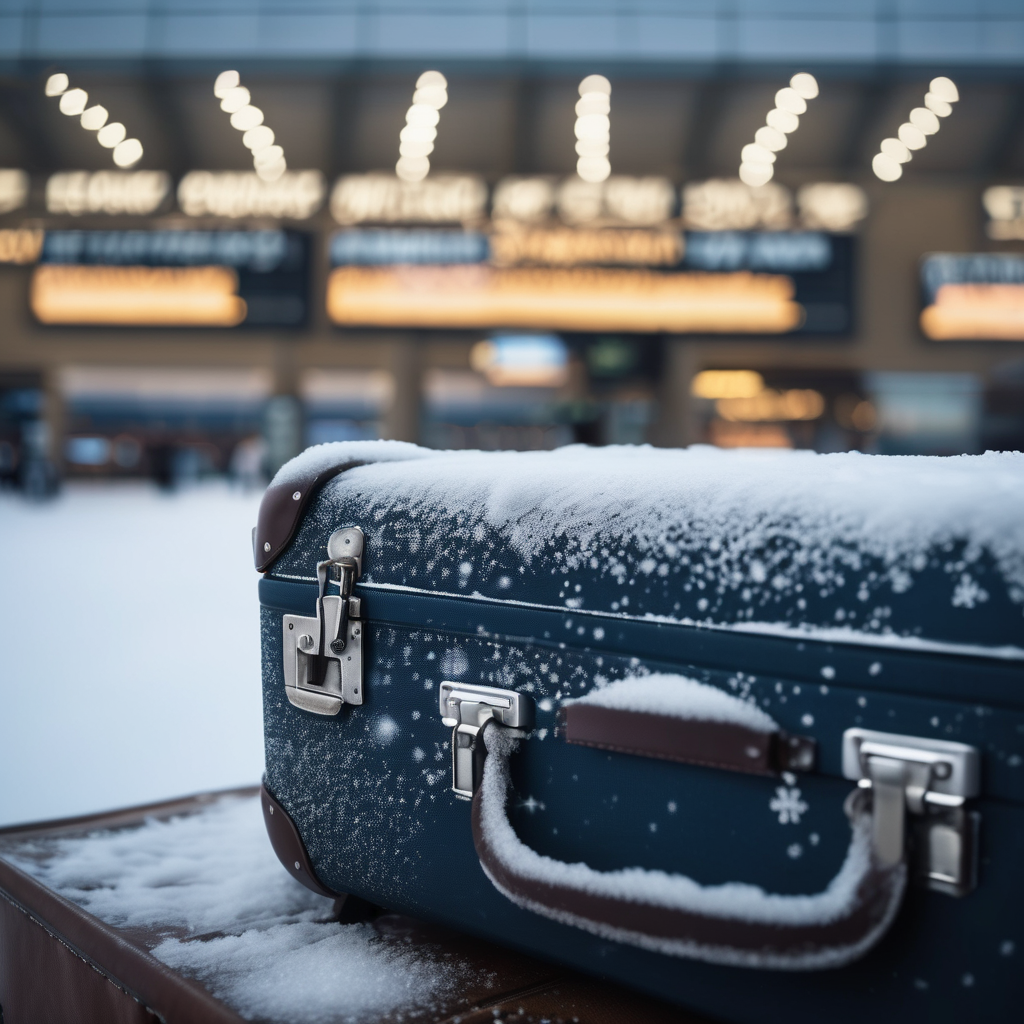A significant cold front is sweeping across the United States this autumn, bringing some of the chilliest weather yet and impacting millions, particularly in the eastern two-thirds of the country. National Weather Service officials have predicted record low temperatures, especially in the Southeast, including Florida, which was a balmy 80 degrees Fahrenheit (27 degrees Celsius) just a day prior.
The cold snap has resulted in gusty winds accompanied by red flag warnings in the Great Plains, while snowfall forecasts anticipate 4 to 8 inches across the Great Lakes and Appalachian Mountain regions. Around Lake Erie, forecasters have cautioned about the potential for significant lake-effect snow—where heavy snowfall occurs in narrow bands—significantly affecting areas near the water.
Cold weather warnings have been issued for several states, including Ohio, West Virginia, and Kentucky, with freezing conditions expected as far south as Texas, Oklahoma, Alabama, and Georgia. The biting weather has already led to considerable flight delays nationwide, with some passengers experiencing up to four-hour wait times at busy airports like Chicago O’Hare International Airport. This disruption has been compounded by a Federal Aviation Administration (FAA) order for airlines to cancel thousands of flights amid an ongoing budget shutdown that has left air traffic controllers working without pay for over a month. Some have reported increased stress levels and have begun to seek second jobs.
In Florida, the chill poses an unusual threat to local wildlife, particularly iguanas. As temperatures drop below 40 degrees Fahrenheit (4 degrees Celsius), these invasive reptiles have been known to fall from trees as they enter a dormant state. However, it remains uncertain how many will be affected this time around.
Responding to the biting temperatures, local governments in various southern regions have opened heated shelters to aid residents in need. This is especially vital in St. Louis, Missouri, where residents are still dealing with the aftermath of an EF3 tornado that struck earlier in the year, leaving many without proper housing.
Further north, falling temperatures have led to hazardous travel conditions, with meteorologists in Michigan warning of low visibility and potentially up to a foot of snow in the Upper Peninsula. Indiana is bracing for as much as 11 inches of snow, raising concerns about dangerous roads, while parts of Wisconsin are expecting up to 6 inches. Several states, including Minnesota and Nebraska, are also bracing for chilly winds and patchy snow, with measurable snow already reported earlier this week.
In response to these weather changes, growers in the Midwest and Northeast have received advisory notices marking the end of the growing season. In Arkansas, meteorologists have urged gardeners to take preventative steps to protect their plants from the cold snap. Meanwhile, in North Florida, farmers are frantically harvesting vegetables such as peppers and eggplants and ensuring irrigation lines are prepared against potential freezing.
Fortunately, the freezing temperatures are expected to bypass much of South Florida’s major growing regions for fruits and vegetables, including the crucial citrus crop. As Christina Morton from the Florida Fruit & Vegetable Association noted, while the cold may risk some harvests, the overall climate could improve the flavor and quality of crops like strawberries and blueberries as long as they remain above freezing.
As the nation faces this winter weather challenge, communities are rallying together to provide support, showcasing resilience in the face of adversity.
